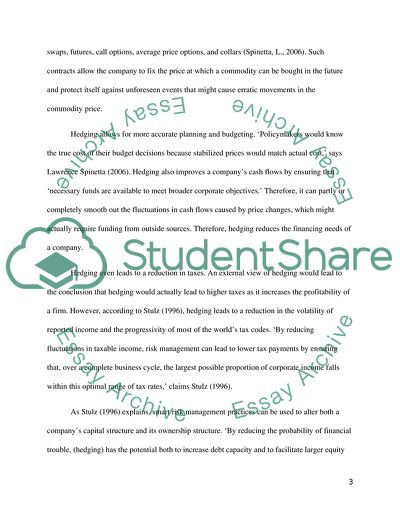Cite this document
(How does Hedging Jet Fuel Prices help U.S. Airlines Survive in Times Coursework, n.d.)
How does Hedging Jet Fuel Prices help U.S. Airlines Survive in Times Coursework. https://studentshare.org/macro-microeconomics/1715134-how-does-hedging-jet-fuel-prices-help-us-airlines-survive-times-of-oil-price-volatility
How does Hedging Jet Fuel Prices help U.S. Airlines Survive in Times Coursework. https://studentshare.org/macro-microeconomics/1715134-how-does-hedging-jet-fuel-prices-help-us-airlines-survive-times-of-oil-price-volatility
(How Does Hedging Jet Fuel Prices Help U.S. Airlines Survive in Times Coursework)
How Does Hedging Jet Fuel Prices Help U.S. Airlines Survive in Times Coursework. https://studentshare.org/macro-microeconomics/1715134-how-does-hedging-jet-fuel-prices-help-us-airlines-survive-times-of-oil-price-volatility.
How Does Hedging Jet Fuel Prices Help U.S. Airlines Survive in Times Coursework. https://studentshare.org/macro-microeconomics/1715134-how-does-hedging-jet-fuel-prices-help-us-airlines-survive-times-of-oil-price-volatility.
“How Does Hedging Jet Fuel Prices Help U.S. Airlines Survive in Times Coursework”. https://studentshare.org/macro-microeconomics/1715134-how-does-hedging-jet-fuel-prices-help-us-airlines-survive-times-of-oil-price-volatility.


